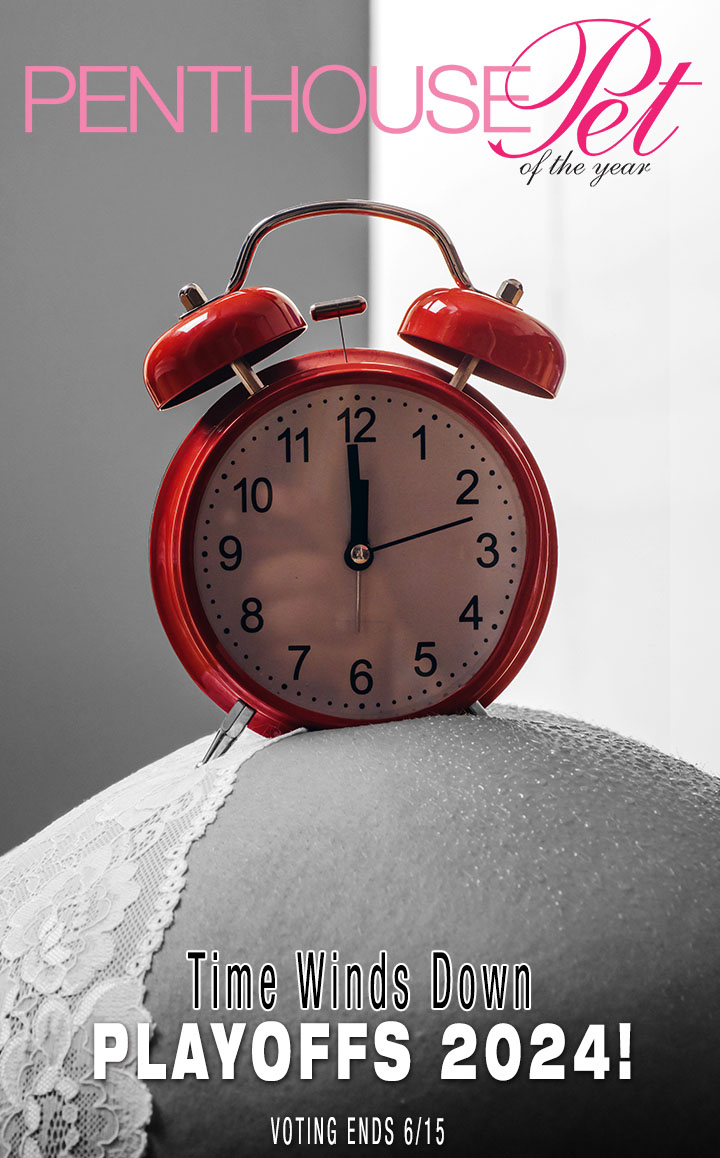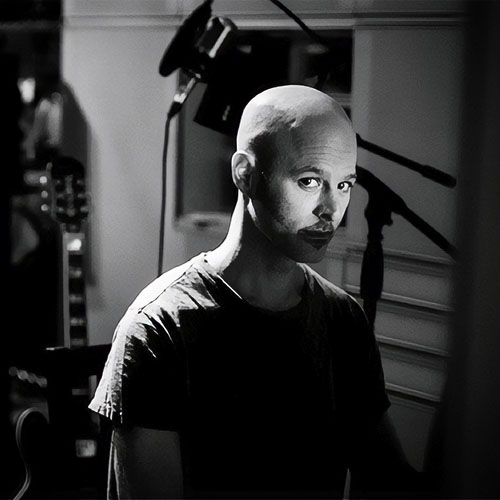You know how it is: Your day’s going badly until you hear strings from an invisible orchestra and burst into song.
Song and Dance
Rather than laugh, your significant other responds in kind, expressing their love and support in rhyming couplets, culminating in a coda that threatens to smash your fancy crystal with its ovation-worthy high C.
No? Well, why not? The resurgence of Hollywood musicals would have us believe show tunes and life’s slings and arrows are synonymous.
Already this year we’ve had In the Heights, based on the stage musical by Lin-Manuel Miranda, and the batshit-looking Cannes opener Annette with Adam Driver and Marion Cotillard. Among those still to come, we have Miranda’s feature directorial debut Tick, Tick … Boom!, Diana: The Musical, and Steven Spielberg’s $100 million reworking of West Side Story.
We’ve come a long way since the ’60s Post-Golden Age of musicals, an era that saw the speak-properly-woman histrionics of My Fair Lady (1964), an Oscar-winning nun on the run in The Sound of Music (1965) and the sinus-crushing squeaks and squawks of Doctor Doolittle (1967) — a heady brew of cockneys, Nazis and nincompoops cranking out shows toppers that were comic, serious or tearjerky … nobody really cared. The aim, as with all musical theater, was to knock you out with a two to three minute contextually dependent, narratively driven, sucker punch.
The ’70s, ’80s and early ’90s were dominated by Andrew Lloyd Webber and Claude-Michel Schönberg — an epoch of hopelessly sincere opera-light on stage, replete with pop-inspired show tunes for which we’re still paying the cinematic price. There were laughs aplenty to be had in the film adaptation of Cats (2019), but they were unintentional. Bread thief Jean Valjean choosing song as the best defense against heavily armed French soldiers in Les Misérables (2012) was meant to be somber not silly.
Woody Allen’s Everyone Says I Love You (1996), while no masterpiece, was a notable outlier in this humorless period, with actors giving WTF glances at their co-stars whenever the singing started. Moulin Rouge! (2001), and to a lesser degree The Greatest Showman (2017), also stake claims for the self-aware, have-your-cake-and-eat-it post-modern musical.
But in the latest cinematic rush, the orchestral baton has passed firmly into the double-grip of diversity and authenticity — if you ignore the singing and jazz hands. Miranda’s monster stage hit turned movie Hamilton (2020), with its color-blind casting and rapping rather than arias, made a convincing financial case for more socially conscious musicals, the sort we’ll see, or avoid, on screens before the end of the year with Dear Evan Hansen, about a high school student with an anxiety disorder, and Everybody’s Talking About Jamie, in which a teenager overcomes prejudice to become a drag queen. By the time West Side Story appears in December, we’ll likely be talking less about why New York gangs are scrapping with sawn-off melodies and more about the fact the Hispanic characters are played by Latinx actors, in sharp contrast to the 1961 original.
Musical Prognostication Concludes:
The wave is coming hard, so make your decision: tune in and tune up or tune out.
By the time of this publication, of course, December has passed, and we get to assess the guess re: Mr. Spielberg as to whether actually Latin actors were the only redeeming quality of the “West Side Story” remake. Turns out, NO. People seemed to like a great many things about the show in fact. Scoring in the 90s qualifies as impressive, regardless of the genre.
To paraphrase a man most famous for music, ironically, We know all you folks are the right kind of folks, so we’re going to be perfectly frank … Not all Natalie Woods were created equal, but one need not mimic in order to offer homage. (And if that phrasing seemed particularly odd, well, you probably need to add a musical or two to your weekend plans. They’re good for the soul — we’re almost positive.























